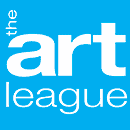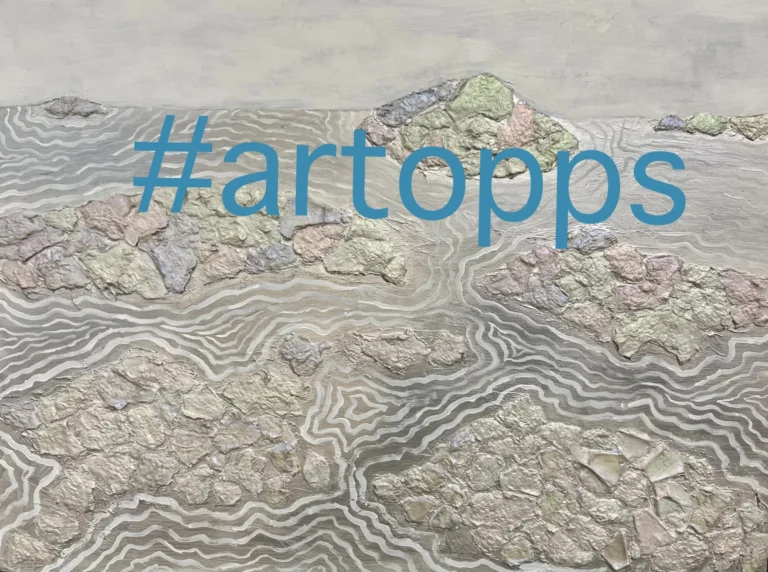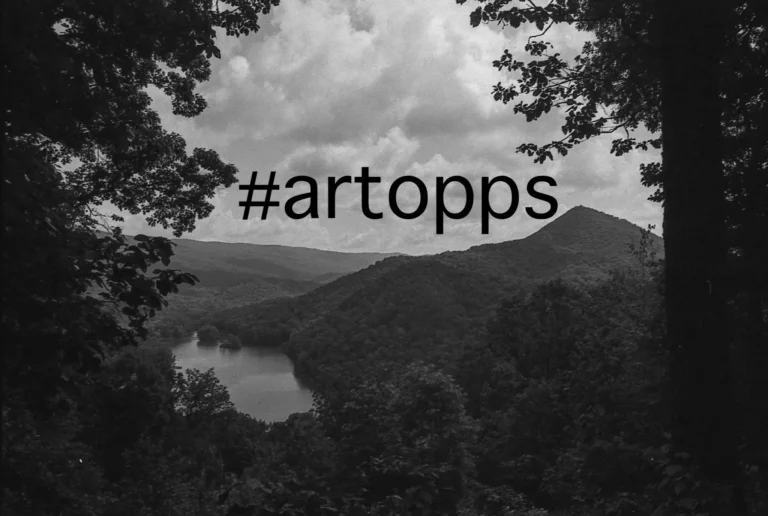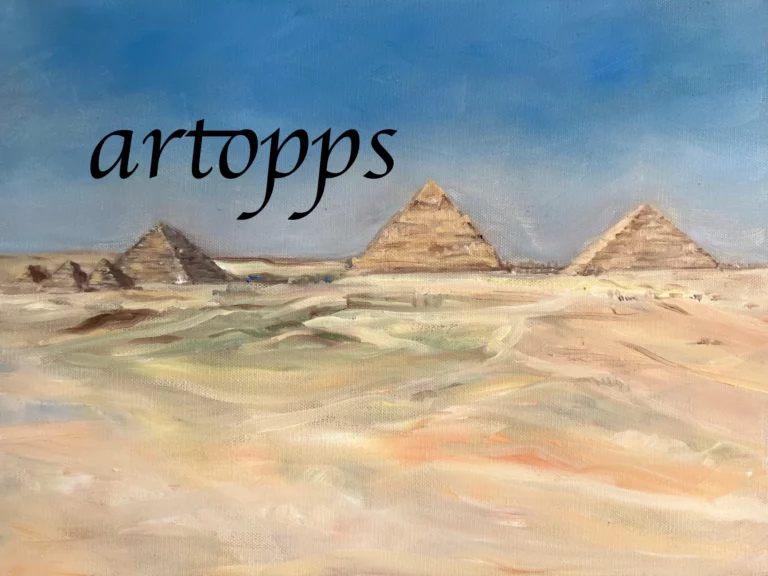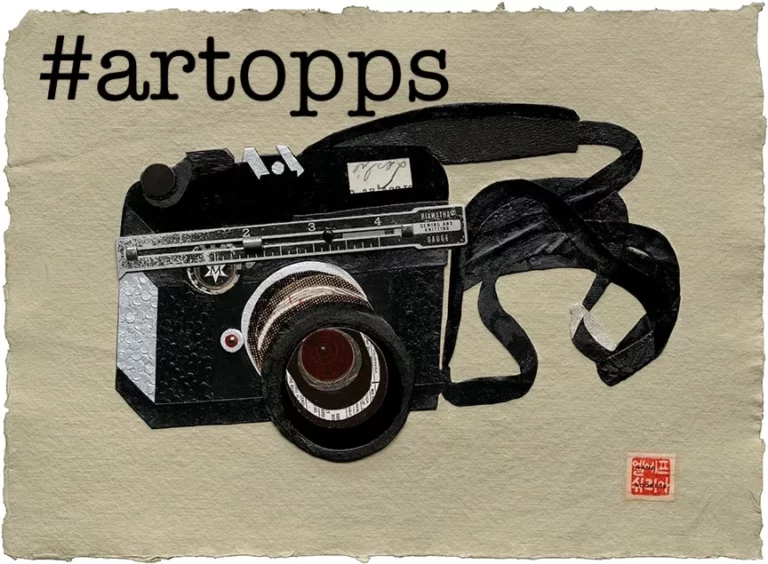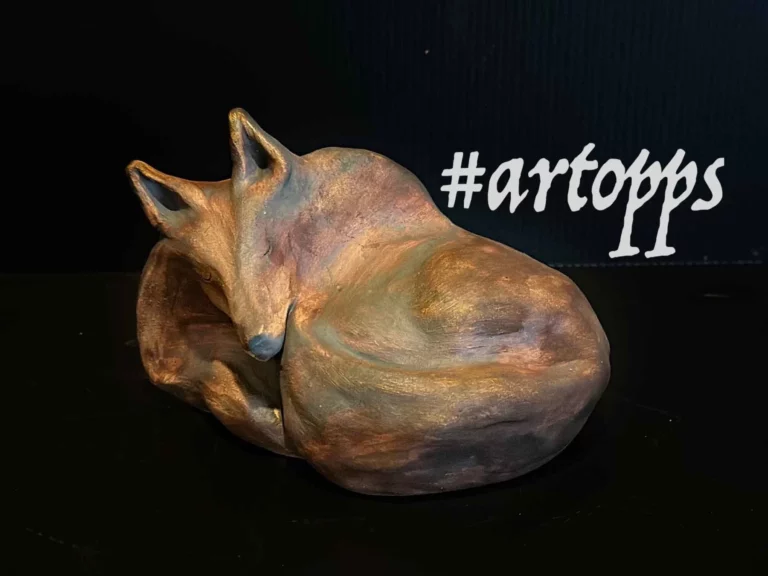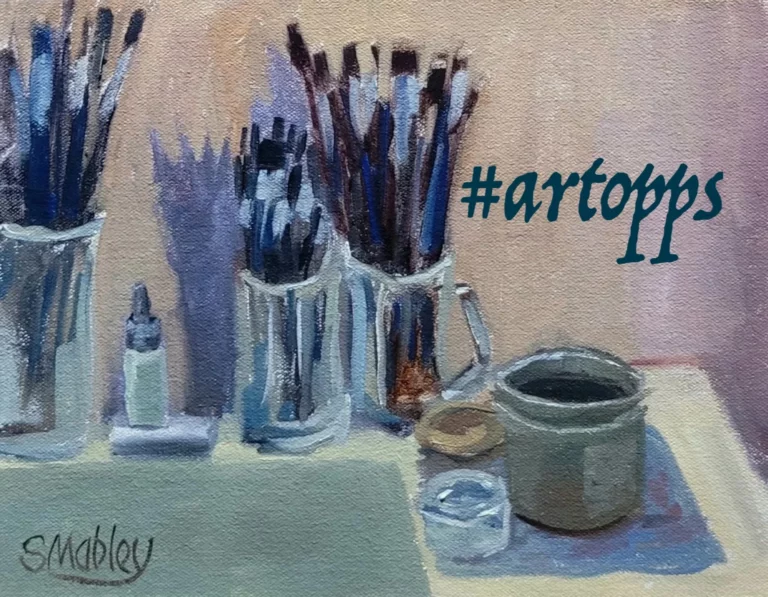Q&A with Award Winner DeDe Faller
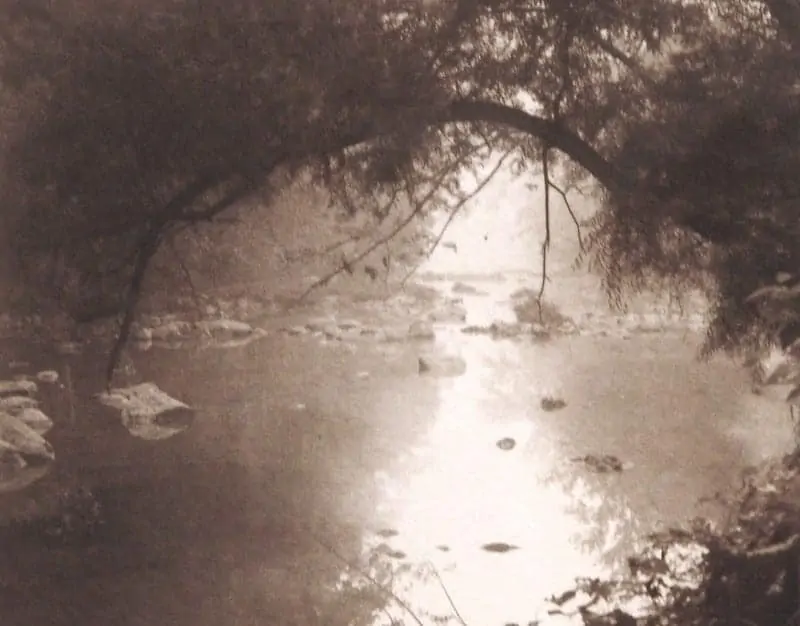
The juror for November’s “Small Works” show, Lindsay Harris, selected three award winners for the Eleanor Boudreau Jordan Award. She awarded Best in Show to Rock Creek Park, a palladium contact print by DeDe Faller, pointing to the softness and rich detail in the print. Faller told us about the palladium process, large-format photography, and the best time of day to take photos — read our Q&A below.

I’m guessing the photograph is in Rock Creek Park, because of the name. Is there any other backstory or motivation for this piece?
Rock Creek Park was taken some time ago. It is a contact print of one of my early works. Most have water and mist. In photography, especially before digital, landscape means large format. If the subject is not moving, you naturally go for the biggest negative for the best quality print.
Can you tell us a little bit about the palladium process?
The picture now in the gallery is a palladium contact print. Palladium is a semi-precious metal used in some dental work and catalytic converters. The process is almost identical to that used in platinum printing, using the same chemicals for coating the paper and requiring a black and white negative.
The paper used for printing is usually 100% rag cotton. Crane’s stationery is the typical choice. For each 4ʺ x 5ʺ print, the solution is mixed individually consisting of 12 drops of solution. Half is palladium salts, the other half is a combination of 2 other ingredients measured according to desired contrast. If you release 1 drop too many of 1 of these, you’ve altered the contrast! The drops are placed in a small glass and mixed by rotating it. The paper is taped to a surface and coated. This is done in a room just light enough to see. Paper is hung and dried with help of a hair dryer. While the paper is light-sensitive, it is not as sensitive as darkroom papers. In fact the print is exposed in sunlight. A light box is an alternative to sunlight.
The print can only be exposed on a sunny day during optimal hours. The average time of exposure in direct sun is about 2 1/2 minutes. (Darkroom exposures are measured in seconds.) The paper and negative are placed in a tight-fitting frame that resembles a wooden picture frame. After exposure, the print must be immediately developed. Exposure times vary according to time of year.
Palladium is one of many primitive photographic processes which predate electricity. The print is always the size of the original — film or glass plate.
At some point in the ’80s, I gave up palladium due to a boycott at the time of South Africa where most palladium is mined. I also switched to smaller formats for extensive travel in Central America requiring hand-held cameras for taking pictures of people.
How does a palladium print look different from others?
Palladium takes a monochromatic or black and white piece of film. Sheet film is used. It’s not on a roll. A darkroom print has grey tones going to pitch black. Palladium has a much warmer tone. Actually, it’s brown-looking. It is much softer. If the negative does not have sufficient contrast, it cannot be used for a palladium print. There is very little latitude with the palladium printing process. On the other hand, in the darkroom, even if the negative is soft, it can be “punched up” by using a higher grade of paper or if the paper is multi-grade, then a high grade filter; with #2 being average, higher number will add contrast. Also particular chemicals can change the contrast.
What camera(s) do you use?
I use a 4ʺ x 5ʺ field camera which folds and is easily transported. It requires a tripod and focusing cloth which may now seem quaint or old-fashioned. There is a contraption to right the image (it is inverted when looking through the glass camera back) but that is another piece of equipment to carry. It’s quite a different process than “point and shoot.” It’s very deliberate.
Can you explain more about what large format photography means?
The thing about large format is the end result — the print. The smallest of the large format cameras is the 4ʺ x 5ʺ. That means the negative is about 4 inches by 5 inches. That is a good deal larger than the standard 35 mm hand-held film camera. Imagine stretching that tiny thing to, say, a print of 20ʺ x 24ʺ. The print can still be sharp of course, but tends to be quite grainy and loses detail. If the film is a high ASA, 400 or more, that means more grain (it gets fuzzier the bigger the print). A 20ʺ x 24ʺ print from a 4ʺ x 5ʺ piece of film has little grain. In the 80’s, I used to use Agfa 25 B & W film. That is very slow, fine-grain film. I could blow those things up to the size of a wall and not lose detail!
The other wonderful quality of a large format camera is the option of great depth of field. The shutter can close down to f/64 allowing for great depth of field. Early 20th century West coast photographers, Ansel Adams, Edward Weston and a few others formed a cooperative organization called Group f/64. Also, without getting too technical, there is a way to manipulate the bellows and set the lens so that the background to infinity is as detailed as the foreground.
Coincidentally, large format photographer, Andrew Zimmerman has his show in the gallery right now. Those are also contact prints. His are silver process printed in a darkroom but not enlarged. He uses an 8ʺ x 10ʺ camera. So his prints are 4 times the size of my little palladium print hanging in the next room.
What is your creative process like? When do you do your shooting?
Most of my landscapes are early morning images. I am a morning person. If it’s sunny, I’m probably not interested unless the sun is burning off the morning fog. I find that more interesting.
Where do you see your work going next, or what are you working on now?
I’ve gone back to the 4ʺ x 5ʺ and landscapes. Most images are early morning and include mist. I guess it makes me feel better. I can breathe better with humidity in the air. Mist lends an air of mystery. I still prefer black and white. I process the film and do the printing in a darkroom. I do have some color images from transparencies which I have to have printed by a custom lab. I still have a few Ilfochrome prints, a process now obsolete, replaced by digital printing.
Can't get enough?
Sign up for our weekly blog newsletter, subscribe to our RSS feed, or like us on Facebook for the latest Art League news. Visit our homepage for more information about our classes, exhibits, and events in Old Town Alexandria, Virginia.
